
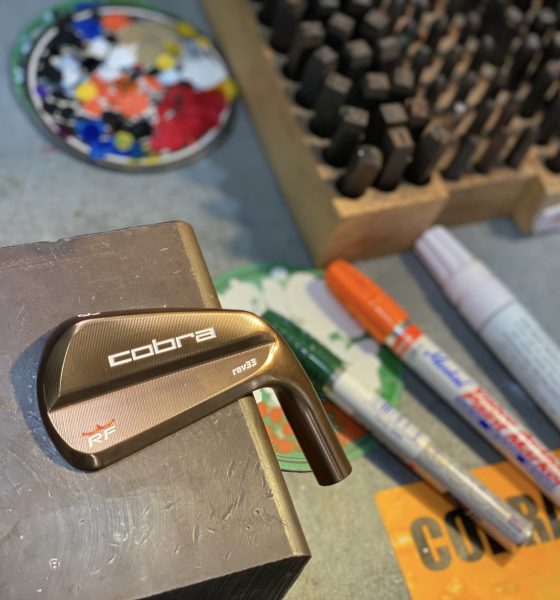
Equipment
GolfWRX Insider: Inside the development of Rickie Fowler’s Cobra irons (plus full specs)
It’s been nearly 10 years since Rickie Fowler showed up on a PGA Tour driving range with Cobra blades in the bag. He was coming off of a 2010 rookie campaign that immediately put the young Californian into every big golf conversation there was to be had. Its been fun looking back at the work that has been done thus far, but oh my, did they go into a rabbit hole on this project.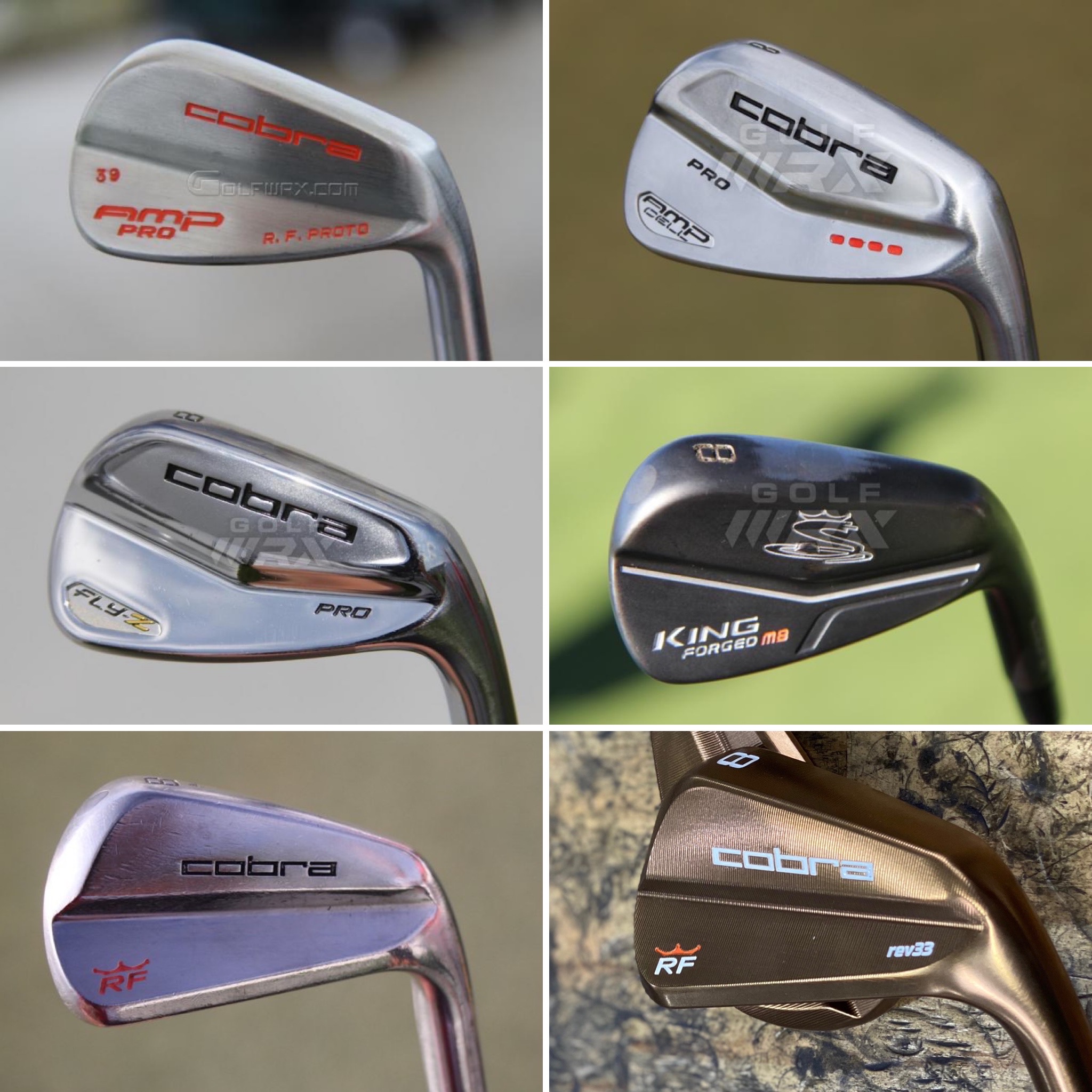
On Sunday, Fowler will debut a set of the most unique forgings I’ve seen in a long time…maybe ever. The Cobra Golf Rev33 (33rd revision) muscleback irons are the brainchild of Cobra R&D, Director of Tour Operations Ben Schomin and Rickie Fowler. As you can see in the photos, getting here took some serious engineering chops and a lot of Rickie’s imagination.
The development process of the Rev33 took place over a year, from late 2018 to late 2019, and in that time Cobra R&D, Fowler, and Schomin had one goal in mind—make an iron designed with Rickie Fowler that inspired confidence in Rickie Fowler.
I had a chance to chat with Cobra’s Director of Tour Operations Ben Schomin on the development of the Rev33, and this is what he had to say.
JW: This isn’t the first time you have collaborated with Rickie on a Cobra iron. What made this experience feel different?
- LIKE284
- LEGIT50
- WOW39
- LOL4
- IDHT2
- FLOP1
- OB1
- SHANK9
Whats in the Bag
WITB Time Machine: Danny Willett’s winning WITB, 2016 Masters
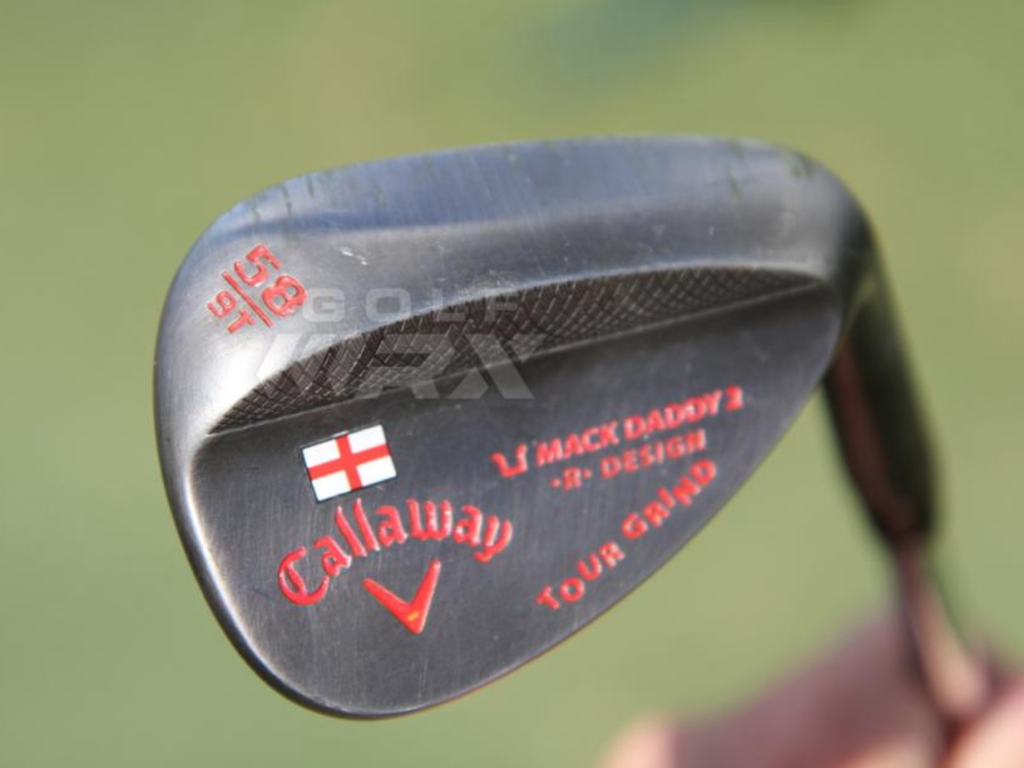
Driver: Callaway XR 16 (9 degrees)
Shaft: Mitsubishi Rayon Diamana W-Series 60 X
Length: 45.5 inches
3-wood: Callaway XR 16 (15 degrees)
Shaft: Mitsubishi Rayon Diamana W-Series 70X
5-wood: Callaway XR 16 (19 degrees)
Shaft: Mitsubishi Rayon Diamana W-Series 80X
Irons: Callaway Apex UT (2, 4), Callaway Apex Pro (5-9)
Shaft: True Temper Dynamic Gold X100 Superlite
Wedges: Callaway Mack Daddy 2 (47-11 S-Grind) Callaway Mack Daddy 2 Tour Grind (54-11, 58-9)
Shaft: True Temper Dynamic Gold X100 Superlite
Putter: Odyssey Versa #1 Wide (WBW)
Lie angle: 71 degrees
Ball: Callaway Speed Regime SR-3
Check out more photos of Willett’s equipment from 2016 here.
- LIKE5
- LEGIT0
- WOW1
- LOL0
- IDHT0
- FLOP0
- OB0
- SHANK0
Equipment
Project X Denali Blue, Black shaft Review – Club Junkie Review
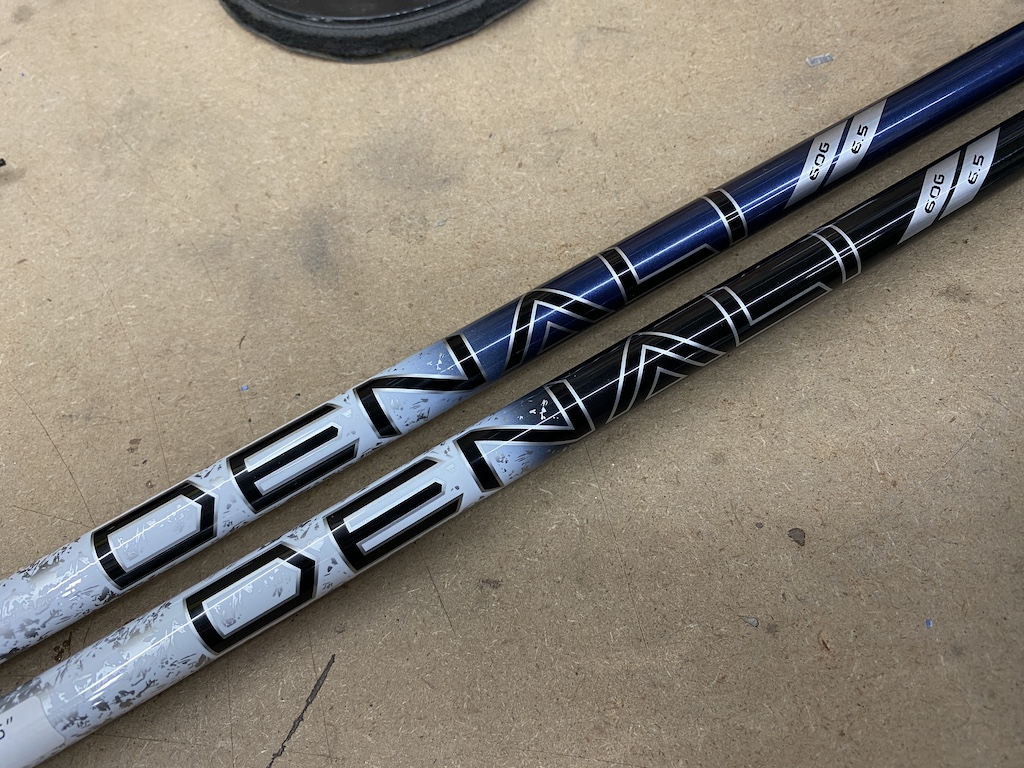
Originally, Project X was known for low-spin steel iron shafts. However, the company might now be known for wood shafts. Denali is the newest line of graphite shafts from Project X. With the Denali line, the company focuses on feel as well as performance.
There are two profiles in the Denali line, Blue and Black, to fit different launch windows. Denali Blue is the mid-launch and mid-spin profile for players who are looking for a little added launch and Denali Black is designed for low-launch and low-spin. Both models are going to offer you a smooth feel and accuracy.
For a full in-depth review check out the Club Junkie podcast on all podcast streaming platforms and on YouTube.
Project X Denali Blue
I typically fit better into mid-launch shafts, as I don’t hit a very high ball so the Denali Blue was the model I was more excited to try. Out of the box, the shaft looks great and from a distance, it is almost hard to tell the dark blue from the Denali Black. With a logo down install of the shaft, you don’t have anything to distract your eyes, just a clean look with the transition from the white and silver handle section to the dark navy mid and tip.
Out on the course, the Blue offers a very smooth feel that gives you a good kick at impact. The shaft loads easily and you can feel the slightly softer handle section compared to the HZRDUS lineup. This gives the shaft a really good feel of it loading on the transition to the downswing, and as your hands get to impact, the Denali Blue keeps going for a nice, strong kick.
Denali Blue is easy to square up at impact and even turn over to hit it straight or just little draws and most of the flex of the shaft feels like it happens right around where the paint changes from silver to blue. The Blue launches easily and produces what I consider a true mid-flight with the driver. While it is listed as mid-spin, I never noticed any type of rise in my drives. Drives that I didn’t hit perfectly were met with good stability and a ball that stayed online well.
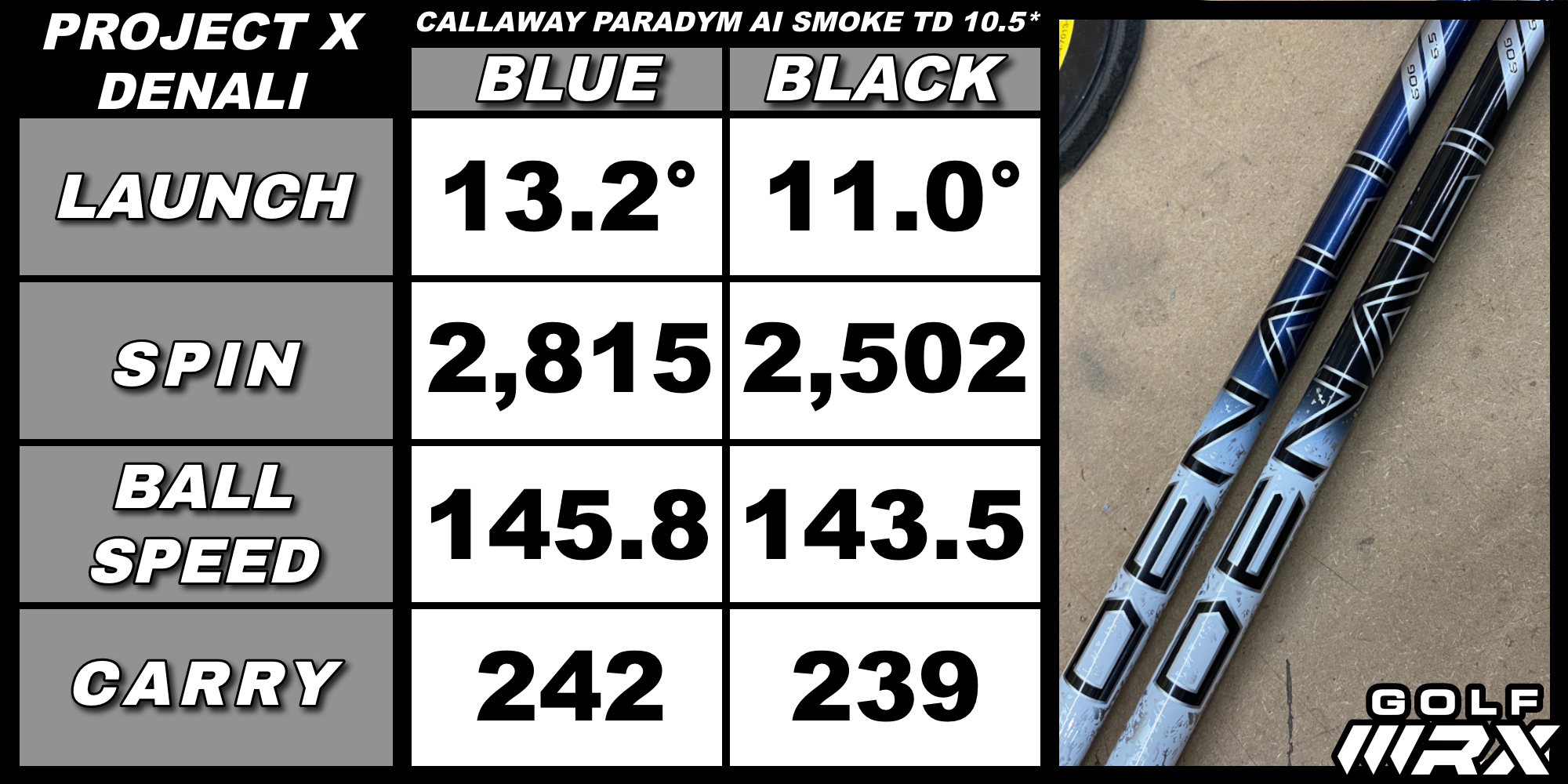
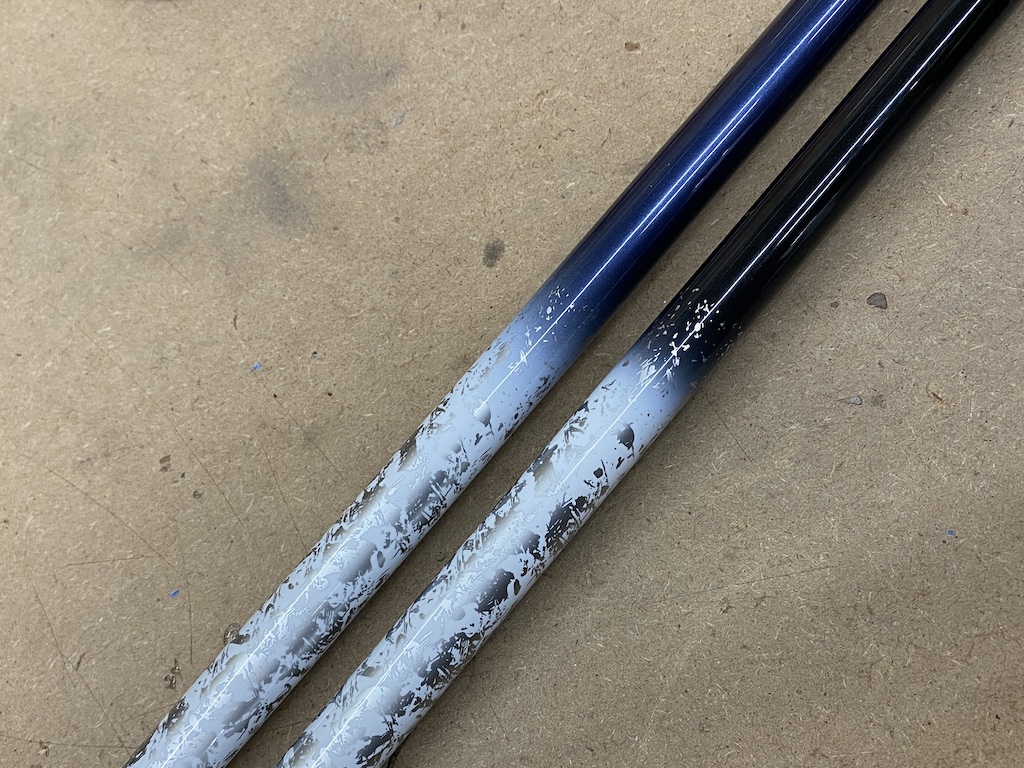
Project X Denali Black
When you hold the Denali Black in your hands you can tell it is a more stout shaft compared to its Blue sibling by just trying to bend it. While the handle feels close to the Blue in terms of stiffness, you can tell the tip is much stiffer when you swing it.
Denali Black definitely takes a little more power to load it but the shaft is still smooth and doesn’t give you any harsh vibrations. Where the Blue kicks hard at impact, the Black holds on a little and feels like keeps you in control even on swings that you try and put a little extra effort into. The stiff tip section also makes it a little harder to square up at impact and for some players could take away a little of the draw from their shot.
Launch is lower and more penetrating compared to the Blue and produces a boring, flat trajectory. Shots into the wind don’t rise or spin up, proving that the spin stays down. Like its mid-launch sibling, the Black is very stable and mishits and keeps the ball on a straighter line. Shots low off the face don’t get very high up in the air, but the low spin properties get the ball out there farther than you would expect. For being such a stout shaft, the feel is very good, and the Denali Black does keep harsh vibrations from your hands.
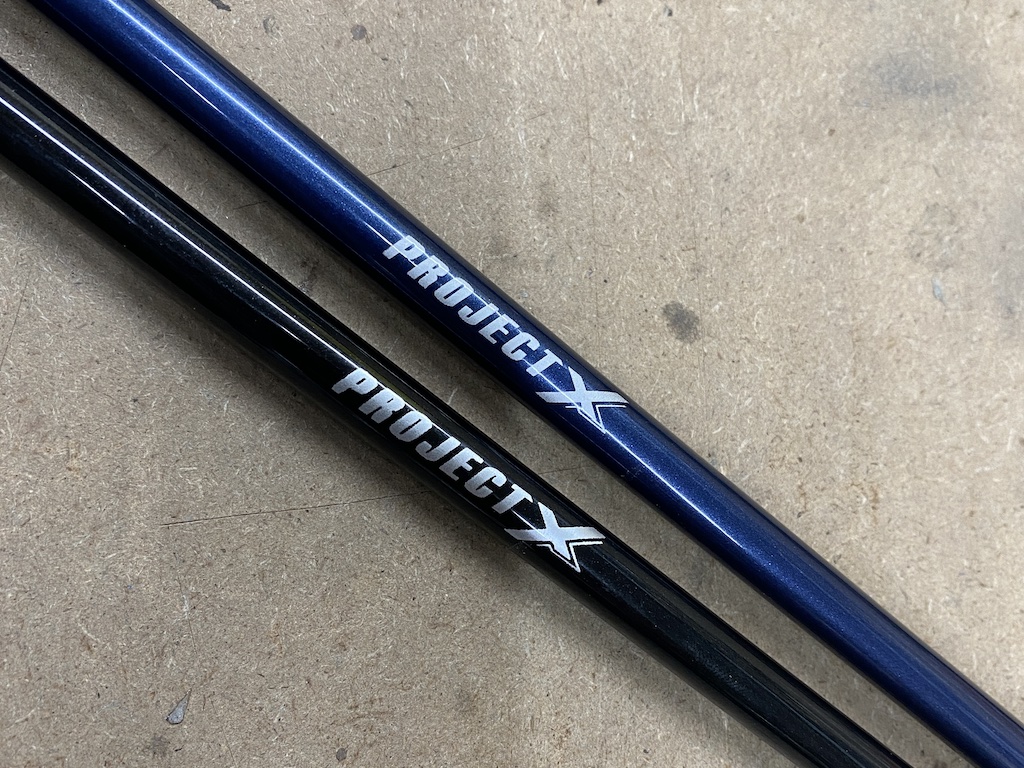
Overall the Project X Denali Blue and Black are great additions to the line of popular wood shafts. If you are looking for good feel and solid performance the Denali line is worth trying out with your swing. Choose Blue for mid-launch and mid-spin or Black for lower launch and low spin.
- LIKE4
- LEGIT4
- WOW2
- LOL0
- IDHT0
- FLOP0
- OB0
- SHANK0
Equipment
What we know about Bryson DeChambeau’s 3D-printed Avoda irons
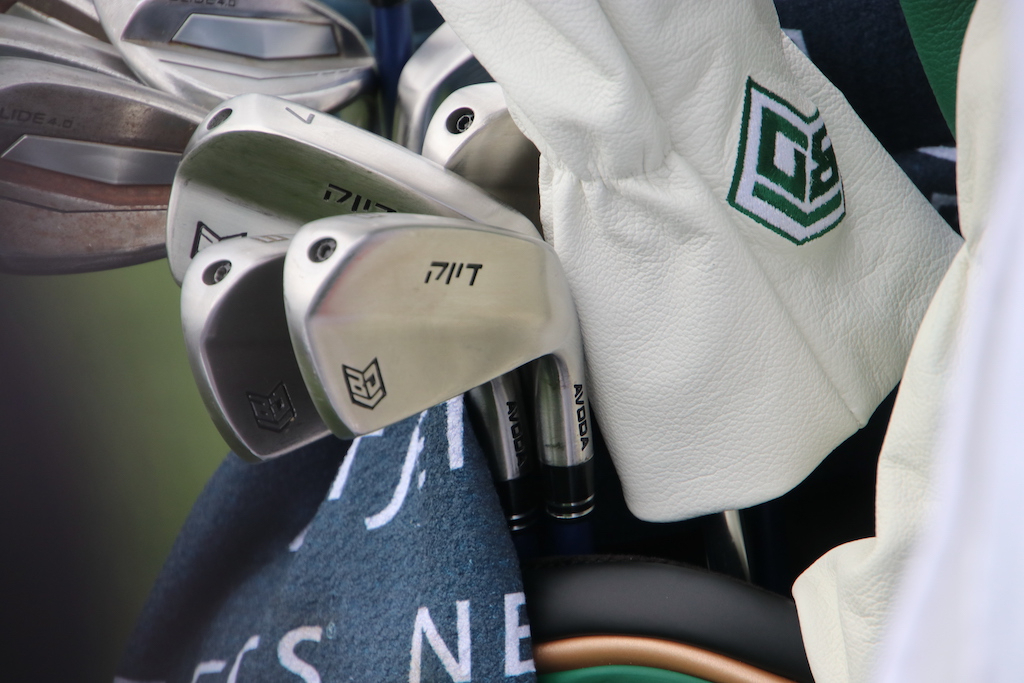
Bryson DeChambeau fired an opening-round 7-under 65 at Augusta National, hitting an impressive 15 of 18 greens in regulation in the process. Golf’s mad scientist’s play grabbed headlines and so too did his equipment. In place of the Ping i230 irons he had in the bag last week for LIV Golf’s Miami event, DeChambeau is gaming a prototype 5-PW set of irons from little-known direct-to-consumer manufacturer Avoda.
What is Avoda Golf?
Founded by Tom Bailey, also a Mike Schy student like Bryson DeChambeau, Avoda Golf is a direct-to-consumer golf equipment company that currently manufactures both single and variable-length irons in one model that are available for pre-order.
What irons is Bryson DeChambeau playing?
Per multiple reports, DeChambeau is playing a custom-designed set of single-length irons that incorporate bulge and roll into the face design. The two-piece 3D-printed irons were reportedly only approved for play by the USGA this week, according to Golfweek’s Adam Schupak.
Regarding the irons, DeChambeau told Golf Channel the irons’ performance on mishits was the determining factor in putting them in play this week. “When I mishit on the toe or the heel,” DeChambeau said. “It seems to fly a lot straighter for me and that’s what has allowed me to be more comfortable over the ball.”
What can we tell about the design of the clubs?
These days, it is a little hard to speculate on what is under the hood with so many hollow body irons. DeChambeau’s irons look to be hollow on the lower section as they do flare back a decent amount. That “muscle” on the back also looks to be fairly low on the iron head, but we can assume that is progressive through the set, moving up higher in the short irons.
A screw out on the toe is probably used to seal up the hollow cavity and used as a weight to dial in the swing weight of the club. From pictures, it is hard to tell but the sole looks to have a little curve from heel to toe while also having some sharper angles on them. A more boxy and sharper toe section looks to be the design that suits Bryson’s eye based on the irons he has gravitated toward recently.
What are bulge and roll, again?
Two types of curvature in a club face, traditionally incorporated only in wood design. Bulge is heel-toe curvature. Roll is crown-sole curvature. Both design elements are designed to mitigate gear effect on off-center strikes and produce shots that finish closer to the intended target line. (GolfTec has an excellent overview of bulge and roll with some handy GIFs for the visual learner)
What else is in DeChambeau’s bag?
Accompanying his traditional Sik putter, Bryson builds his set with a Ping Glide 4.0 wedges, a Krank Formula Fire driver and 5-wood, and a TaylorMade BRNR Mini Driver, all with LA Golf graphite shafts.
- LIKE115
- LEGIT39
- WOW31
- LOL17
- IDHT9
- FLOP9
- OB10
- SHANK23
-

 19th Hole4 days ago
19th Hole4 days agoDave Portnoy places monstrous outright bet for the 2024 Masters
-

 19th Hole3 weeks ago
19th Hole3 weeks agoJohn Daly stuns fans into silence with brutal opening tee shot on PGA Tour Champions
-

 19th Hole2 weeks ago
19th Hole2 weeks agoThings got heated at the Houston Open between Tony Finau and Alejandro Tosti. Here’s why
-

 19th Hole5 days ago
19th Hole5 days agoTiger Woods arrives at 2024 Masters equipped with a putter that may surprise you
-

 19th Hole1 week ago
19th Hole1 week agoReport: Tiger Woods has ‘eliminated sex’ in preparation for the 2024 Masters
-

 19th Hole3 weeks ago
19th Hole3 weeks agoCharlie Woods finds it tough going on American Junior Golf Association debut
-

 19th Hole2 weeks ago
19th Hole2 weeks agoAddiction, spinal fusion, and scam artists – Everything Anthony Kim revealed in candid interview with David Feherty
-

 19th Hole1 week ago
19th Hole1 week agoAnthony Kim says doctors told him that he ‘may not have much time left’ ahead of LIV return


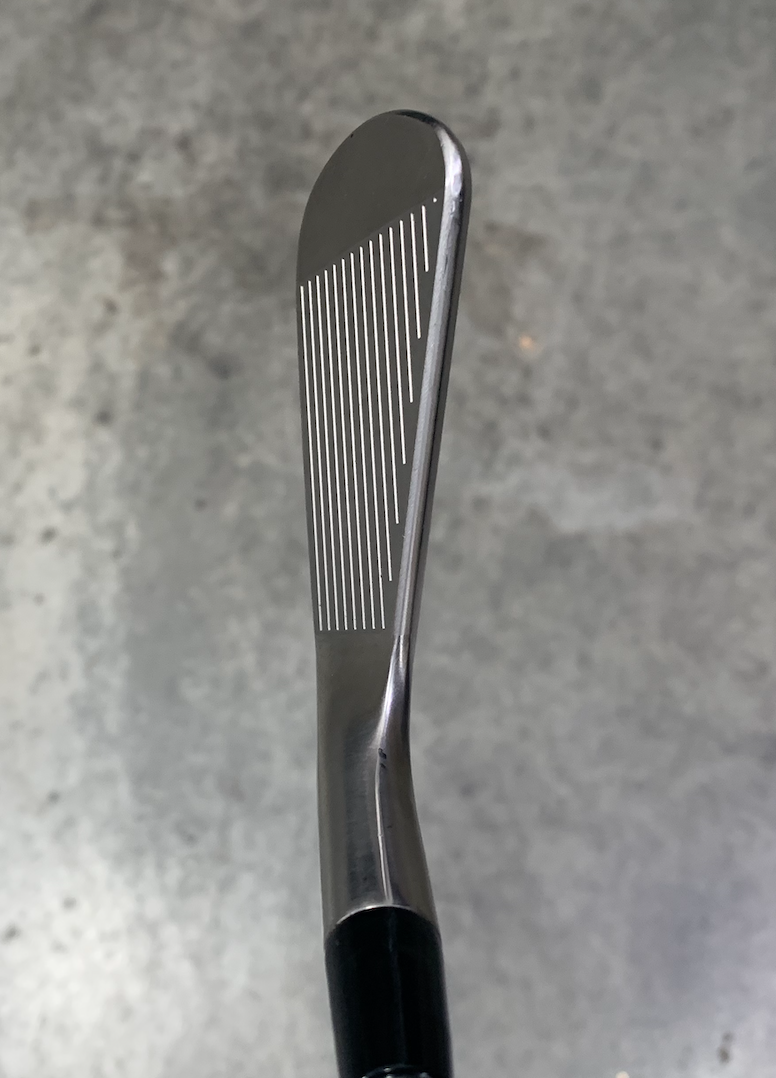
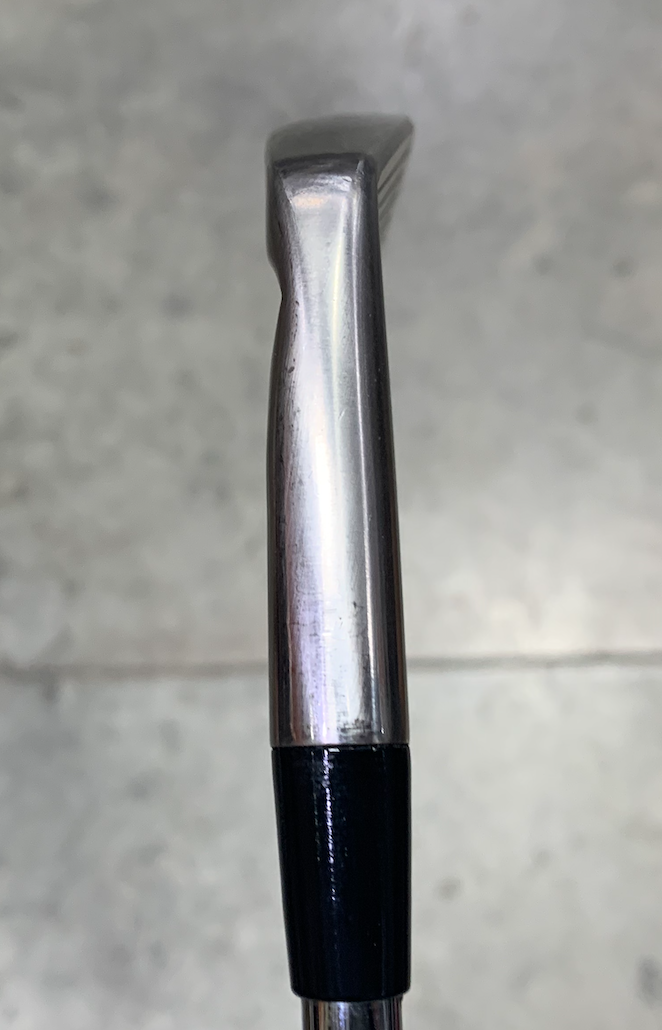
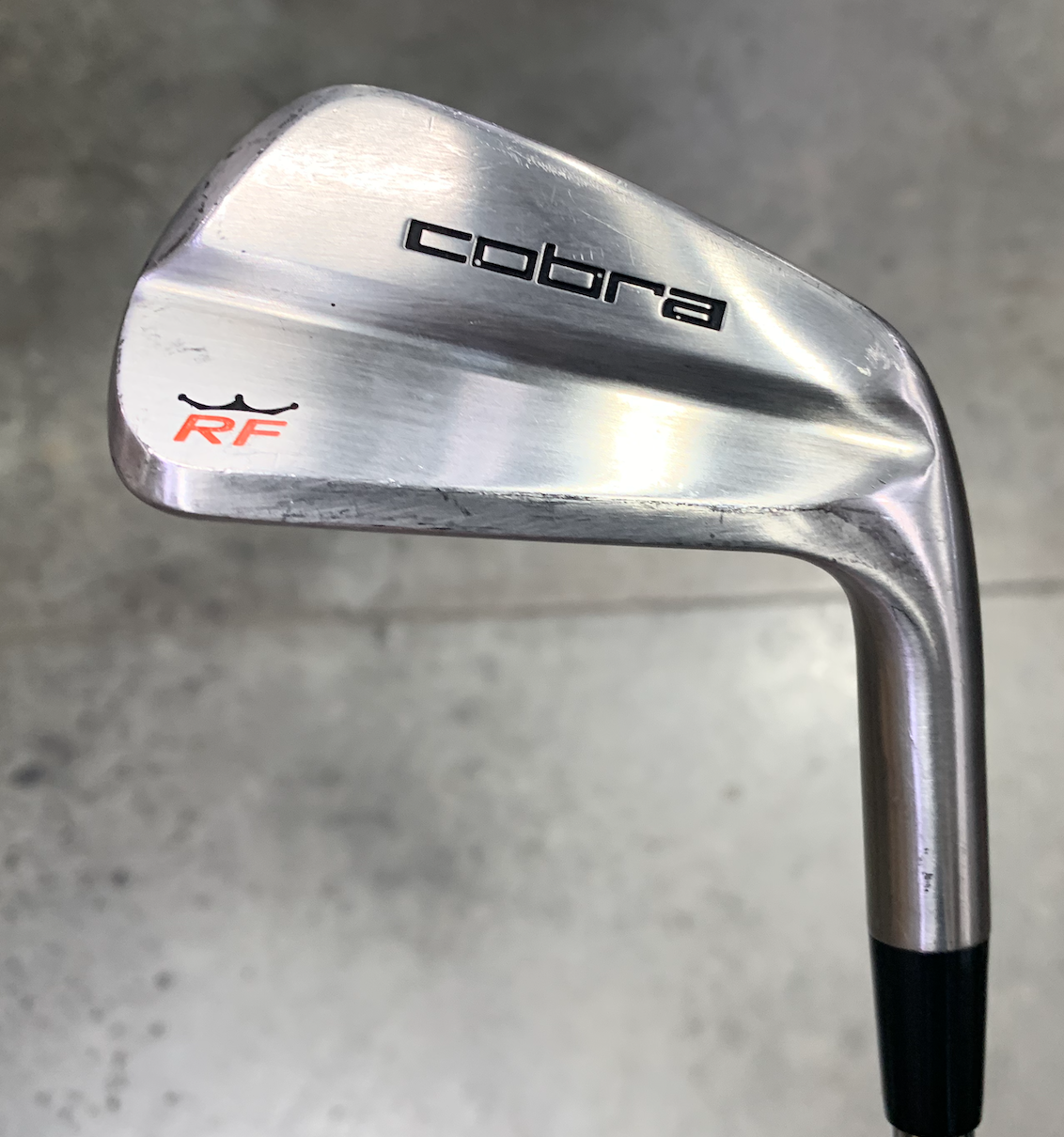
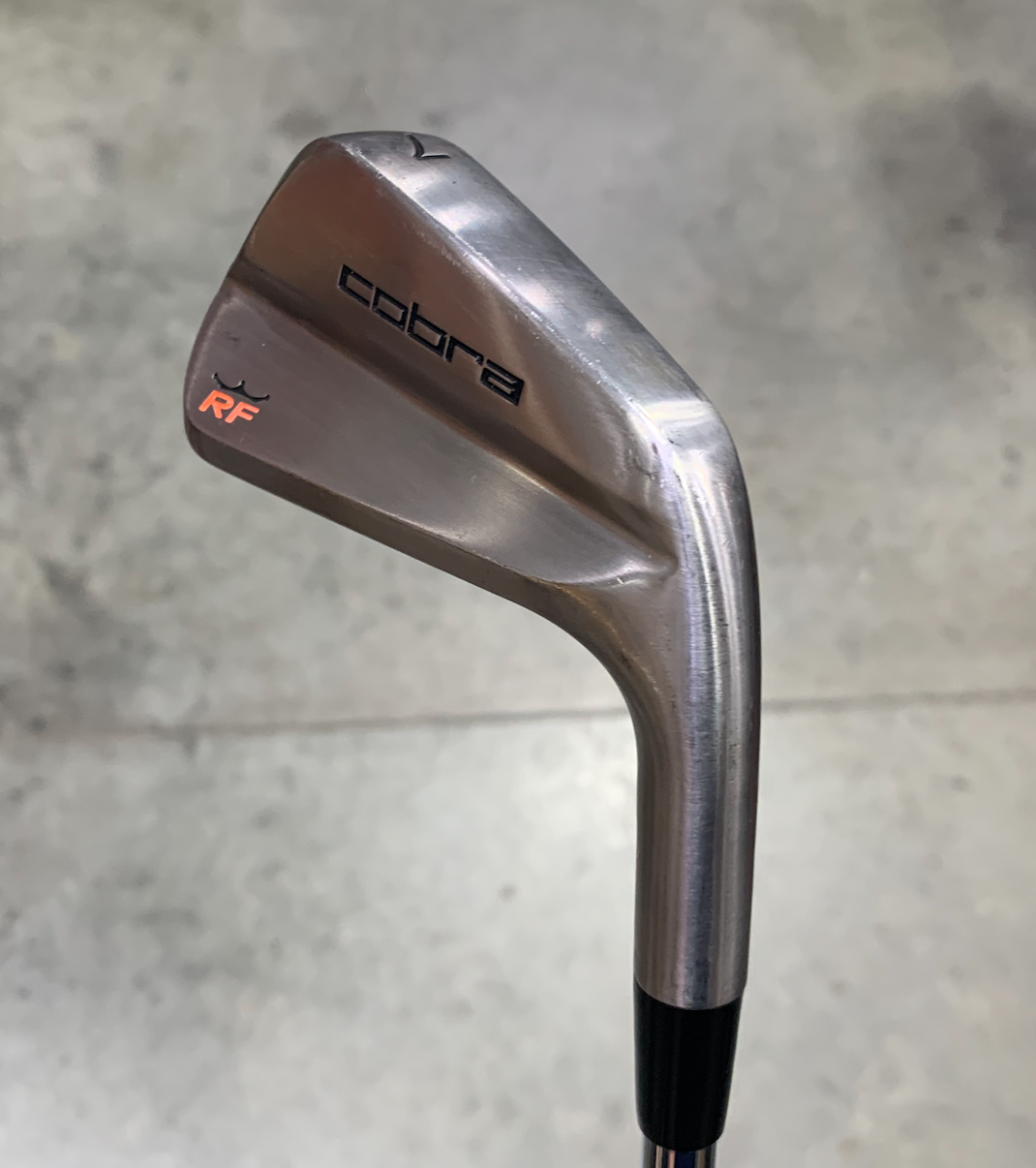
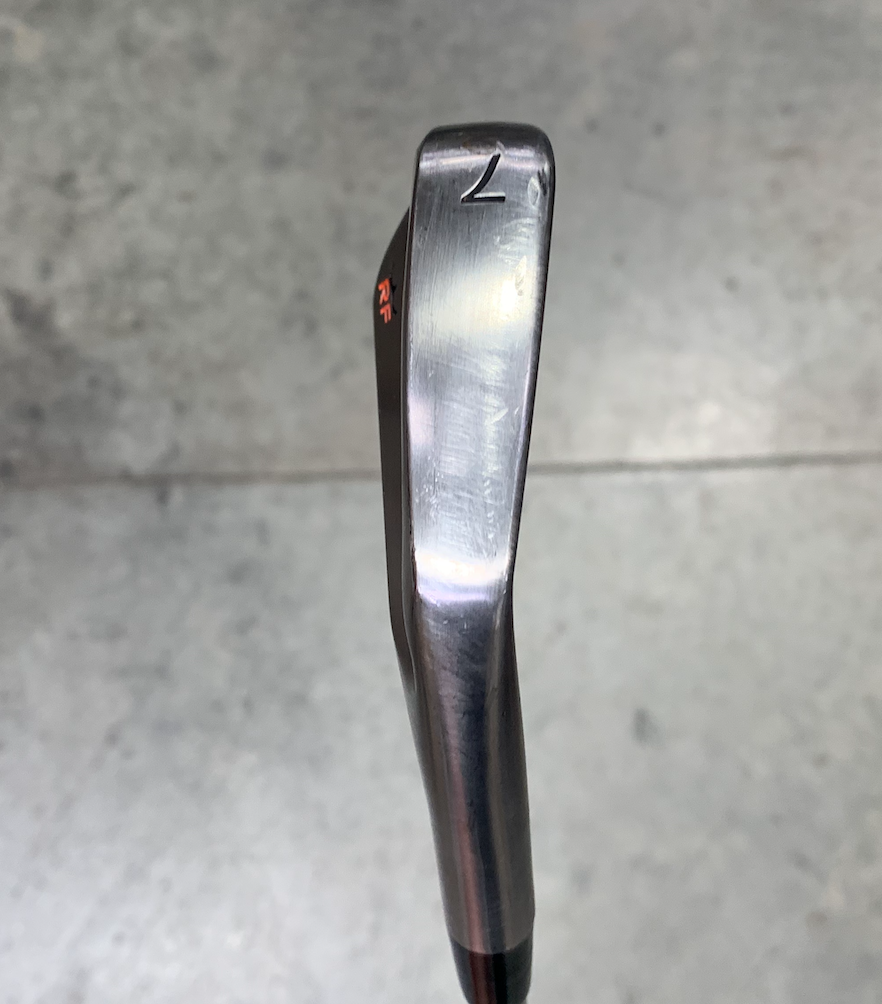
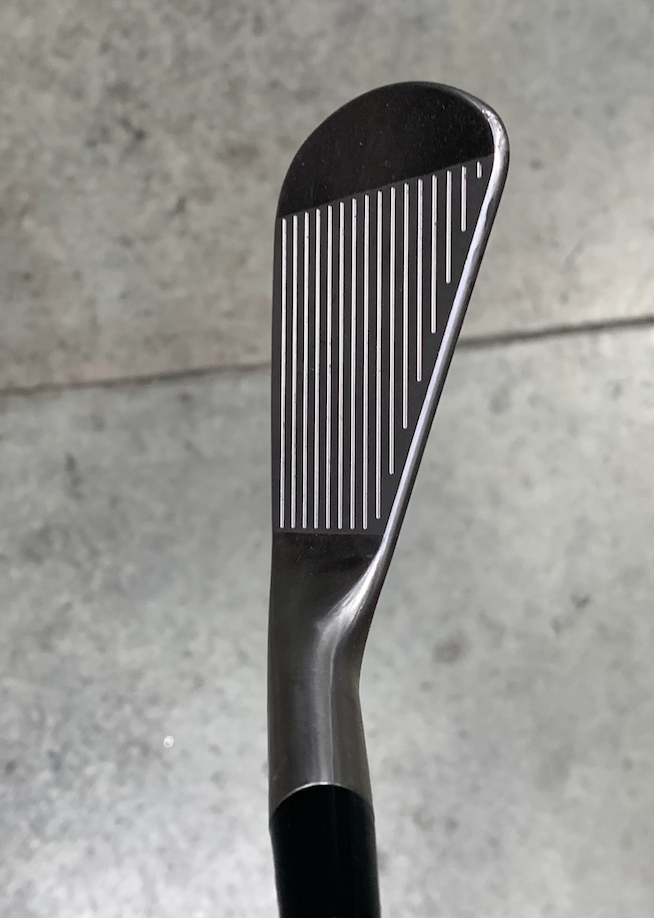

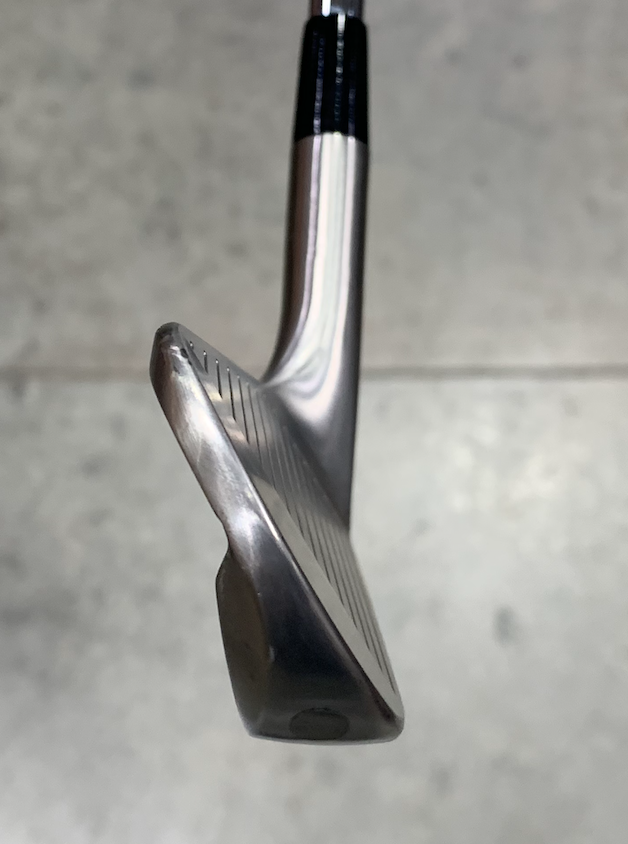
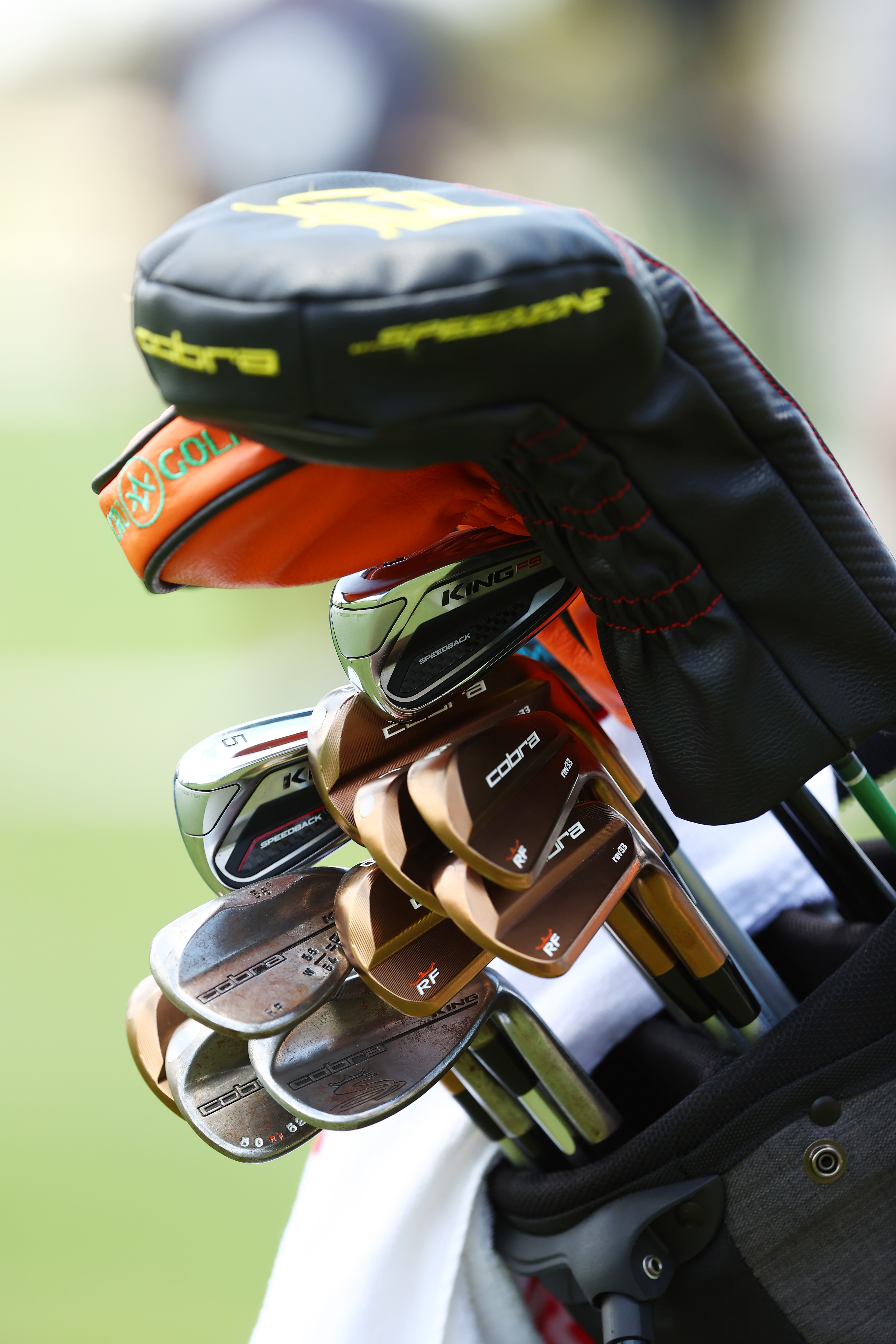
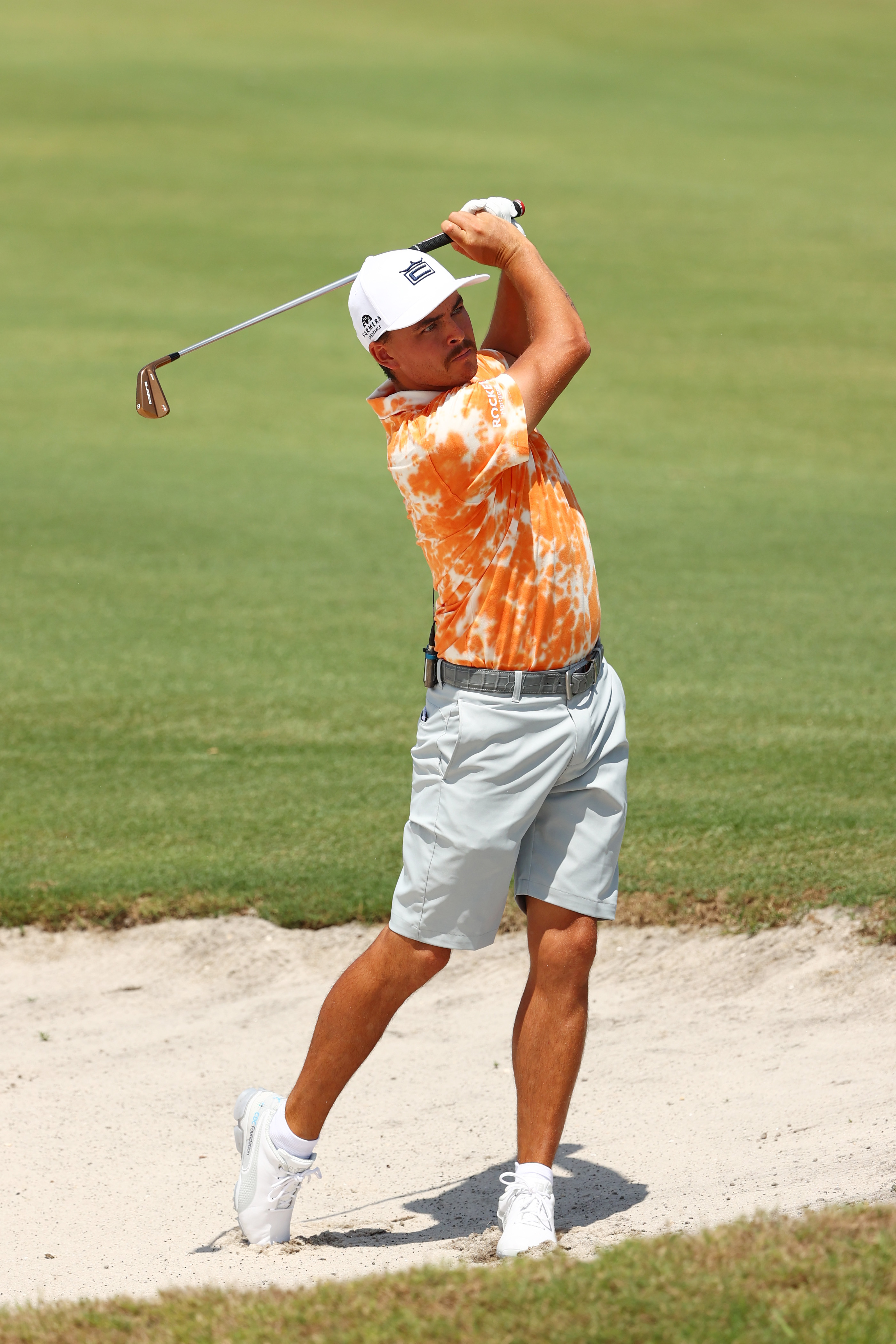


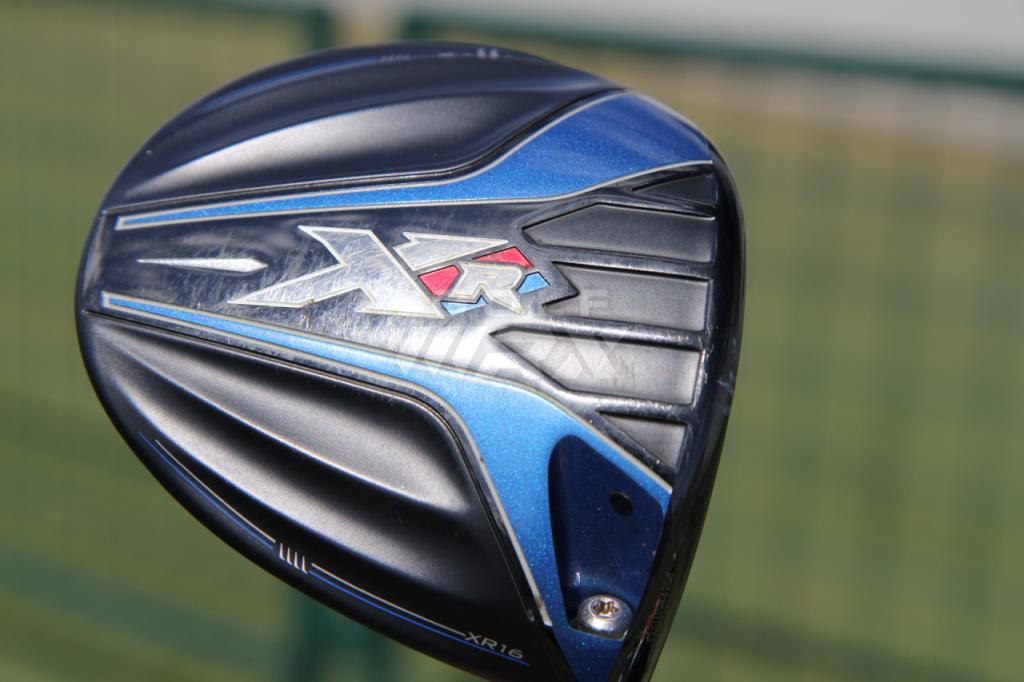
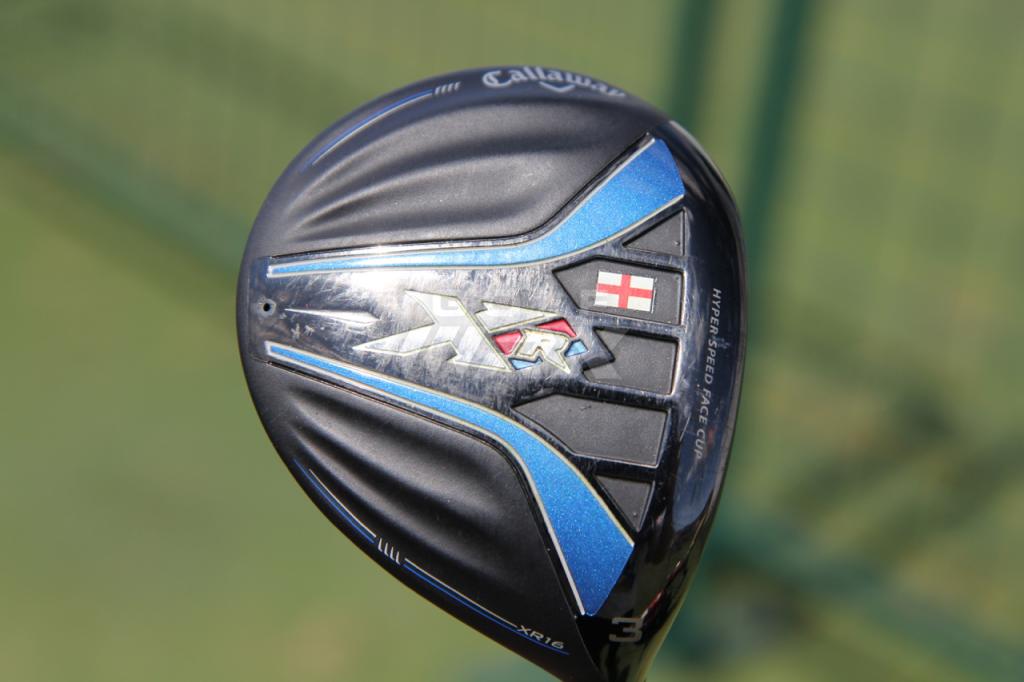

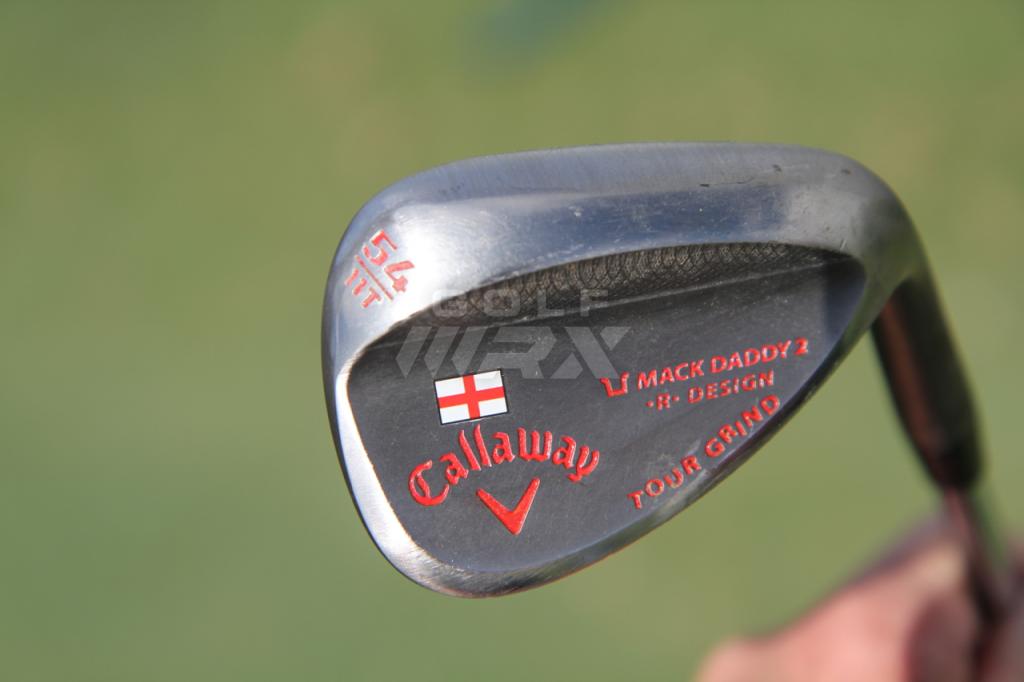
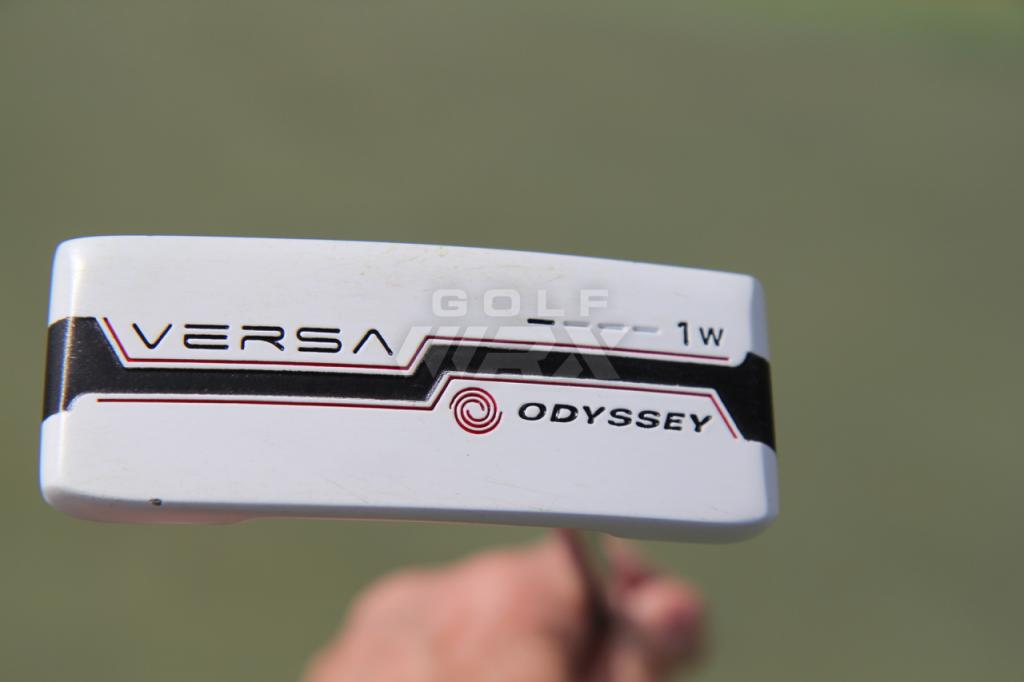
Pingback: You can (finally!) buy Rickie Fowler’s Rev33 irons: Cobra releasing limited RF Proto irons – GolfWRX
VINICIUS COSTA
Sep 20, 2020 at 5:38 pm
Any word on the release date for these irons?
Wilson
May 16, 2020 at 5:28 am
Stainless steel? Why not 1020 or S20C?
Kevin
May 15, 2020 at 11:21 pm
FINALLY we get an answer on when Cobra is releasing a new MB. I LOVE LOVE LOVE the current MBs but as a gear junkie ever since they had this new “Rickie Proto” ive been wanting a set. Gonna have to order a set of the new ones and probably an extra set of the current model if they drop the price to move old stock. Thank you for this article!!
Jeff
May 15, 2020 at 6:54 pm
Kevin Na would be so upset
Mike Rowe
May 15, 2020 at 3:24 pm
Remember when Rickie switched iron shafts and it was a huge story, but when he switched back no one said a word? Pretty weird.
stanley
May 15, 2020 at 10:59 am
for the first time in my life, “those cobra irons are amazing.” there are some mean curves on those cobras!!!
Cody Reeder
May 15, 2020 at 10:42 am
I am getting a set….
Mike Honcho
May 15, 2020 at 10:39 am
It took cobra a year to rip of the p7tw? From the inspiration (mp14/29), look, to the milling, to the tungsten plugs? You would think in a year you could have came up with something unique. I would label this a shank but it’s really more just diarrhea.
Guy who actualy pays attention to detail
May 15, 2020 at 11:01 am
Ricky has had a tungsten plug in his irons for many years, so nothing new there. Tungsten in irons has been going on for quite a while in general (Ping S56 from 2011, first Ap2 irons from way back). Also, how is it ripping off when they are both ripping off older irons? This iron honestly looks nothing like the P7tw. Your “Shank” comment, Ironically, these would be the first irons ever made that could shank relatively straight because they milled the par area and hosel flat to remove the offset look. I’m not even sure what would happen on a hosel shot.
Craig
May 15, 2020 at 10:23 pm
Um, no. It is well known Tiger likes a little bit of offset and longer blade. These are almost the opposite, zero offset and tiny blade.
Troll Hunter 18
Jan 25, 2021 at 12:13 pm
Troll
Shallowface
May 15, 2020 at 9:55 am
The 304 Stainless is interesting. I’ve heard they need to be checked frequently as they go out of spec for loft and lie very easily with use. No problem for Fowler, but it could be an issue for the consumer.
chip75
May 17, 2020 at 3:34 pm
I’m sure those that are inclined will get them checked, otherwise they’ll be just like other clubs that “wander” around though use.
Pelling
May 15, 2020 at 9:35 am
Do they keep Rickie from putting big numbers on the card?
dat
May 15, 2020 at 9:23 am
These are amazing clubs. Hope they bring something like them to retail. What’s the deal with the grips? (non-brushed RF style)